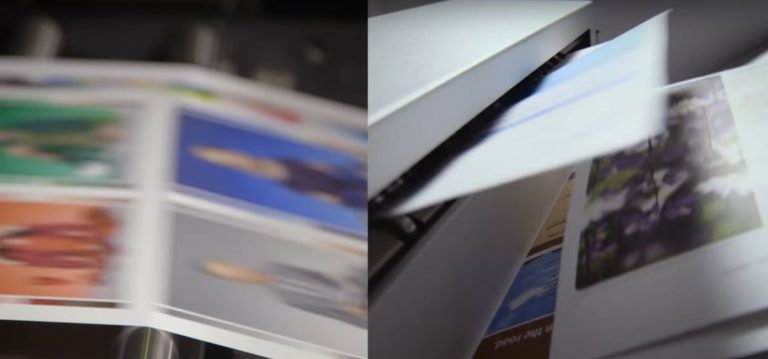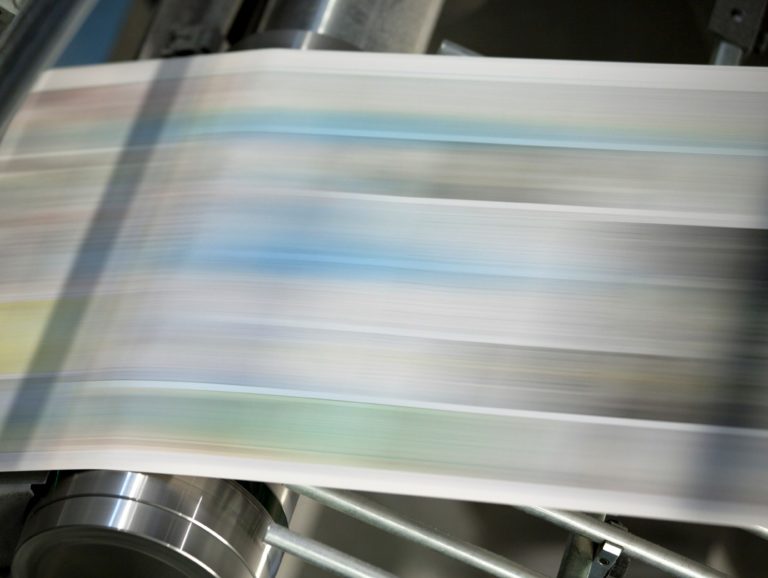The challenges of the newspaper industry and journalism was brought to the public’s attention recently on HBO’s Last Week Tonight with John Oliver. Oliver is a protégé of Jon Stewart. He first gained notoriety as a fictitious English correspondent for the Daily Show and also filled in as host. Much like his mentor, Oliver goes into lengthy tirades, as he did explaining the three issues facing newspapers.
- As consumers access content for free on the web and their phones, they are less likely to pay for the news. Ironically, Oliver points out that much of this free content comes from newspaper journalists.
- Newspapers are struggling with a broken business model which is based on revenue from print ads. Although the revenue from digital ads is increasing, it is a drop in the bucket compared to the loss from print advertising.
- Perhaps the funniest part of this twenty minute rant discussed the use of online metrics which rewards clicks more than content.
While clearly a satire, the sketch  prompted criticism from newspaper professionals. The Newspaper Association of America President and CEO David Chavern issued a statement criticizing HBO for not offering solutions to newspapers’ problems.
prompted criticism from newspaper professionals. The Newspaper Association of America President and CEO David Chavern issued a statement criticizing HBO for not offering solutions to newspapers’ problems.
One possible solution that is rarely discussed is using digital presses to print newspapers with customized content and ads. This would increase the value to both readers and advertisers.
Custom Content and Ads in Newspapers
In 1991 I was invited to make a series of presentations to IFRA (now WAN-IFRA: World Association of Newspapers and News Publishers) to discuss how newspapers could use variable data printing (VDP) to create marketing departments to augment ad sales with direct-mail services. Also discussed in those presentations was the possibility of using digital presses to customize content and ads in newspapers. Until just recently, those ideas were not practical because toner based devices remained too slow and inkjet color presses had not arrived.
The underlying reasons to consider digital presses for newspaper applications would be to increase the value of newspaper advertising at a time that newspaper ads are considered dinosaurs in the digital age of far reaching Internet ads, social media (and its enormous popularity among today’s youth), and the rapid growth of mobile devices and communication.
In 2011, as inkjet presses became more popular with book publishers, transactional printers, and direct mailing companies; newspaper publishers seemed like the next likely application to adopt technology.
At this time I wrote an article for Newspapers and Technology entitled Variable Data, Now Ready for Newspapers? In that article I tried to make the case that poorly targeted content and ads play a role in the decline in newspapers and that inkjet presses capable of customizing content and ads could increase the value of newspapers. Again, these ideas were premature.
After 25 years I am happy to report that several newspaper have started testing inkjet presses. If you’re interested to learn more, simply type the words, “inkjet presses newspapers” into Google and the video tab in Google and you can see stories about these pioneers. Several manufacturers are offering inkjet solutions to newspapers.
The two important questions for newspapers considering inkjet presses are:
- Do you have enough data to provide customized content for your readership that would significantly increase the value the newspaper?
- Do you have enough data to customize ads enough to successfully compete with digital alternatives and increase the value of ads for your advertisers?
Howie Fenton is the Vice President of Consulting Services for IMG. He helps in-plants measure, identify and overcome operational issues. To learn more about measuring performance, benchmarking to leaders, increasing productivity, and improving your value, e-mail hfenton@imgresults.com.



